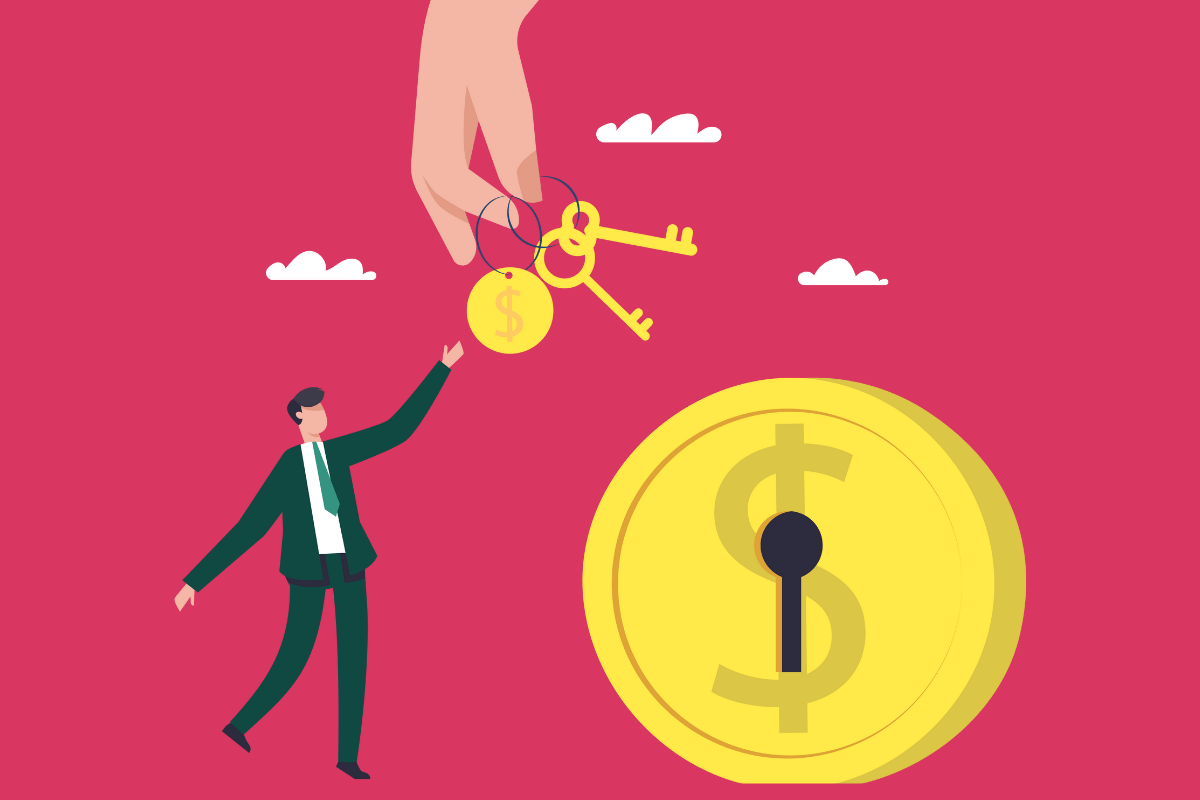Professional development goes hand-in-hand with employee training programs. And businesses invest an enormous amount in developing their employees’ skills–to the tune of $365 billion worldwide.
Yet, managers the world over lament increasing skill gaps, while employees often feel that the courses they receive at work are not relevant to the job. These two facts combined equal a shocking reality: most spending on professional development is going to waste.
Technology Is Not to Blame
Part of the problem is the rapid pace of skill change. Professional development plans that were on point only a few years ago are becoming obsolete. 20% of current job skills are totally new, while the number of skills required for a worker in 2017 represents only about 50% of the skills needed today.
Behind these statistics lies a revealing question – why is there such a big skills gap? With all that money being thrown at the problem, it should be improving, not getting worse. Some say it’s impossible to predict skill requirements even in the short term due to changing technology. But poor training results have been a problem for a long time.
The more accurate answer is this: organizations love uniformity, particularly when it comes to L&D. At first glance, it saves money and is easier to set up. HR and L&D teams look at what the group or cohort needs and take a top-down approach. Are communications courses the latest thing? Everybody gets one. Did the CEO sign up for Slack? Teach all employees how to use it.
The Challenge of Personalization
Getting familiar with recent corporate trends can be OK, but it comes at a high price. There’s no time or budget left over for individual needs. Yet this is the core of the challenge. We are all different, with our unique strengths and weaknesses. Even for two employees in the same role, one might be terrible at sticking to a schedule, while the other might hate face-to-face meetings. Solving their issues requires personalized professional development.
So why doesn’t every HR team deliver personalized professional development goals? Technically, it’s hard – and can be extraordinarily expensive to do for a large number of people. The reskilling and upskilling needs of each employee must be identified. Then, for each L&D requirement, a trainer/coach/expert must be found – hopefully one who comes with an excellent track record, and who is up to date with the latest techniques. And lastly, HR needs a way to figure out how effective a program is. This can be difficult because comparing before and after productivity is usually something that only a direct manager could do.
Stop the Waste: Why Investing in Personalized Development Is More Cost-Effective
Recent improvements in technology are finally turning this situation around. Through advances in AI and natural language processing, revolutionary L&D platforms have developed the means to deliver personalized professional growth programs for any size organization. Here’s basically how it works:
- After a consultation with an employee and their direct manager, a list of training targets and KPIs is created
- In a separate process, the platform tags and rates ICF-registered experts from around the world
- A match between the employee’s L&D needs and a specialist is generated by AI, which connects elements of the consultation results to similar cases and the coaches, mentors, and trainers who were involved
- At the conclusion of the subsequent L&D program, the impact of the training is assessed by the manager
Through these innovative steps, L&D platforms like GrowthSpace have seen approval rates go from 25% to 90% and create much more cost-effective and productive programs.
Related: Read how Mend deployed personalized professional development for women, including an interview with a participant, and its’ high rate of success in their case study.
Personalization Pays Off
Many rewards can be seen at the end of this process, including:
- One of the biggest problems resulting from failed professional development is that the company has provided a course, and the employee has taken the course, but nothing has changed. This often means that even ambitious and energetic people don’t get the skills they need to advance, which is the number one reason for quitting. Turn this situation around and you’re looking at upwardly mobile, more satisfied workers.
- Intelligence and initiative can only take a company so far, particularly in our skills-based economy. Staying on top of the particular skills needed by your firm will keep you afloat. But taking it one step further by adopting a growth mindset and implementing L&D accordingly provides a competitive advantage.
- And speaking of mindset, virtually everybody expects a personalized journey in the age of UX – and employee experience. If Starbucks remembers how I like my Dolce Latte, can’t my HR department figure out the exact courses I need? An effective professional development initiative earns points with employees and attracts higher-quality job searchers.
- Realizing personalized development makes HR/L&D more valuable to the organization. There isn’t much logic behind promoting a continuous development effort or internal mobility if HR can’t deliver on the skills that support these ideas.
GrowthSpace and Personalized Development
GrowthSpace’s talent development solution enables customized development programs for a wide number of skill needs, regardless of organizational scale. By matching skill requirements with top experts in every field, GrowthSpace finally allows companies to provide the skills their employees require to compete and excel.




